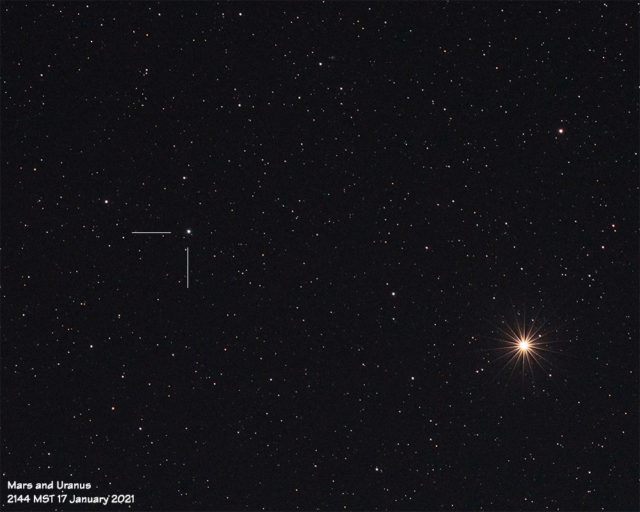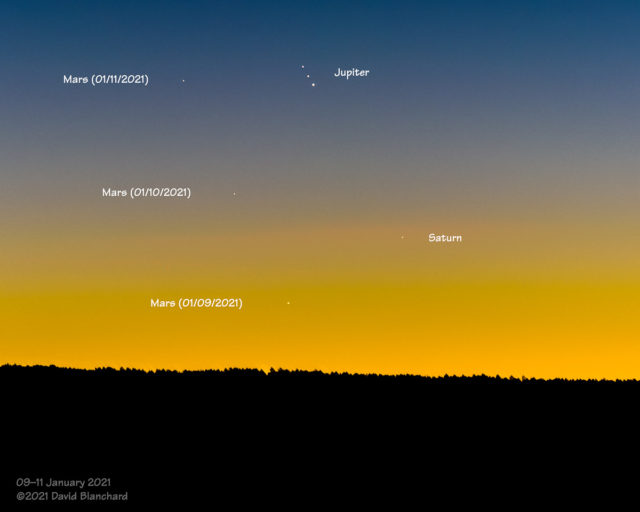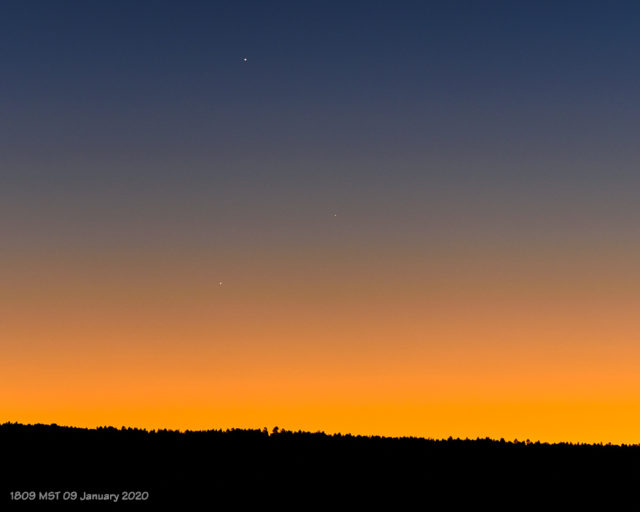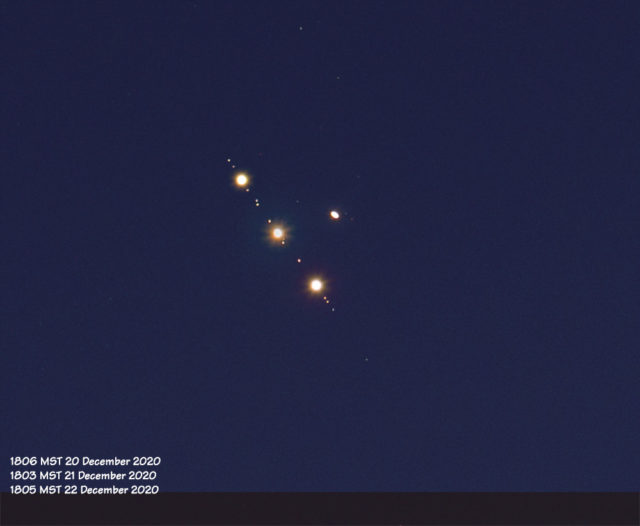The late February full Moon presented an opportunity to photograph the Moon rising between the dramatic Wotans Throne and Vishnu Temple in Grand Canyon.

Moonrise was about a half-hour before sunset. This meant that the distant walls of the canyon would still be illuminated by late afternoon Sun. On the other hand, the eastern horizon was still pretty bright as the Moon rose from behind Wotans Throne. So bright, in fact, that it was difficult to see the Moon. As a result, I got better results about 15 minutes later as the Sun moved lower and the Moon moved higher in the sky.
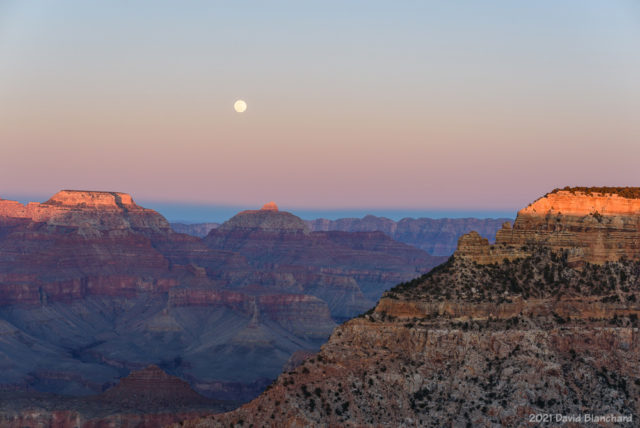
The second shot was taken just a minute or two before sunset and only the uppermost portions of the canyon rim remain illuminated by the sun. In addition, Earth’s shadow can be seen just above the horizon.
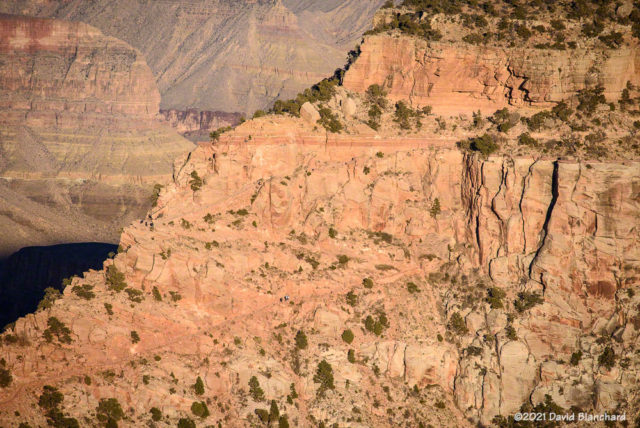
Bonus shot: While waiting for the Moon to rise I took photographs of hikers ascending the South Kaibab Trail just below and above Ooh-Aah Point.
